Yesterday was the UN’s International Day of Women and Girls in Science. It is a day on which we reflect on the achievements of the many women who have made breakthroughs in in STEM (science, technology, engineering and maths) throughout history. It is also a time to consider how we can continue to break down the barriers that hold women and girls back from engaging in these exciting fields.
One of our own resident scientists, Meg, appears in every box to guide children through their activities and suggest challenges and questions to ponder. She celebrated Women in Science Day by paying homage to some of the women who have inspired her to play with science. Below are the women who inspired her costumes, with three more to follow tomorrow.
Who would you most like to see a tribute to on International Women’s Day next month?
Caroline Herschel
“The eyes of her who is glorified here below turned to the starry heavens.” – Caroline Herschel’s Epitaph
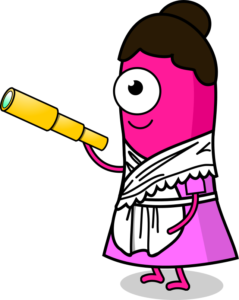
Caroline Herschel (1750-1848) was for many years an assistant to her brother, the astronomer William Herschel. As William searched the skies for new discoveries, Caroline would keep meticulous records and check his observations against catalogues of known objects. Caroline became a great astronomer in her own right, sweeping the skies with her own telescope and discovering numerous nebulae and comets for herself. In 1787 George III officially hired her as her brother’s assistant – William was by this point the Astronomer Royal having discovered Uranus in 1781 – making Caroline the first woman to be paid for scientific services.
Mary Anning
“The carpenter’s daughter has won a name for herself, and deserved to win it” – Charles Dickens on Mary Anning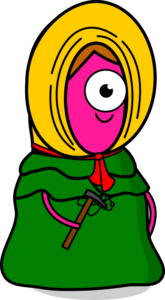
Mary Anning (1799-1847), together with her brother Joseph, unearthed the first complete Ichthyosaurus skeleton when she was just 12 years old. She later discovered the first complete Plesiosaurus skeleton and the first pterosaur skeleton in the UK. Anning had little time for school, but taught herself about geology and anatomy to help with her finds. Eventually university professors were writing to her asking for advice. Unfortunately, not all of the geologic community had this respect. Anning became resentful of fossil collectors who would buy her discoveries and publish them without any credit to her. She was, however, awarded a pension by the British Association for the Advancement of Science, in return for her contributions to geology.
This isn’t the first time we’ve mentioned Mary Anning on the blog – you can read more about her discoveries – and those of other remarkable children – here.
Marie Curie
“Nothing in life is to be feared, it is only to be understood. Now is the time to understand more, so that we may fear less.” – Marie Curie
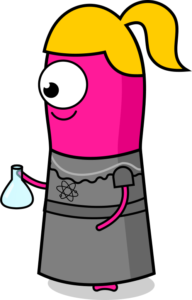 Any list of female scientists would feel incomplete without mention of the brilliant Marie Curie (1867-1934). An insatiable thirst for knowledge drove Maria Skłodowska from her native Poland to Paris, where she studied Physics and met her husband Pierre Curie. Together the Curies researched the newly discovered phenomenon that they named ‘radioactivity’, discovering the elements polonoim and radium, and that exposure to radium emissions could destroy tumour cells. She became the first woman to win a Nobel Prize in 1903, after Pierre complained on hearing that the committee planned to award the Nobel Prize in Physics to him and Henri Becquerel alone. She went on to become the first female professor at the University of Paris, and the first person to win two Nobel Prizes, after taking the Nobel Prize for Chemistry in 1911.
Any list of female scientists would feel incomplete without mention of the brilliant Marie Curie (1867-1934). An insatiable thirst for knowledge drove Maria Skłodowska from her native Poland to Paris, where she studied Physics and met her husband Pierre Curie. Together the Curies researched the newly discovered phenomenon that they named ‘radioactivity’, discovering the elements polonoim and radium, and that exposure to radium emissions could destroy tumour cells. She became the first woman to win a Nobel Prize in 1903, after Pierre complained on hearing that the committee planned to award the Nobel Prize in Physics to him and Henri Becquerel alone. She went on to become the first female professor at the University of Paris, and the first person to win two Nobel Prizes, after taking the Nobel Prize for Chemistry in 1911.
On tomorrow’s blog, we visit the lives of three very different women in science. From left to right: Ada Lovelace, Rosalind Franklin, and Jane Goodall.
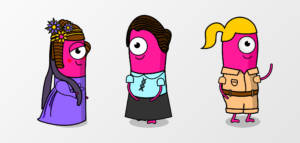
Ada Lovelace, Rosalind Franklin and Jane Goodall will feature on tomorrows post about Women in Science!

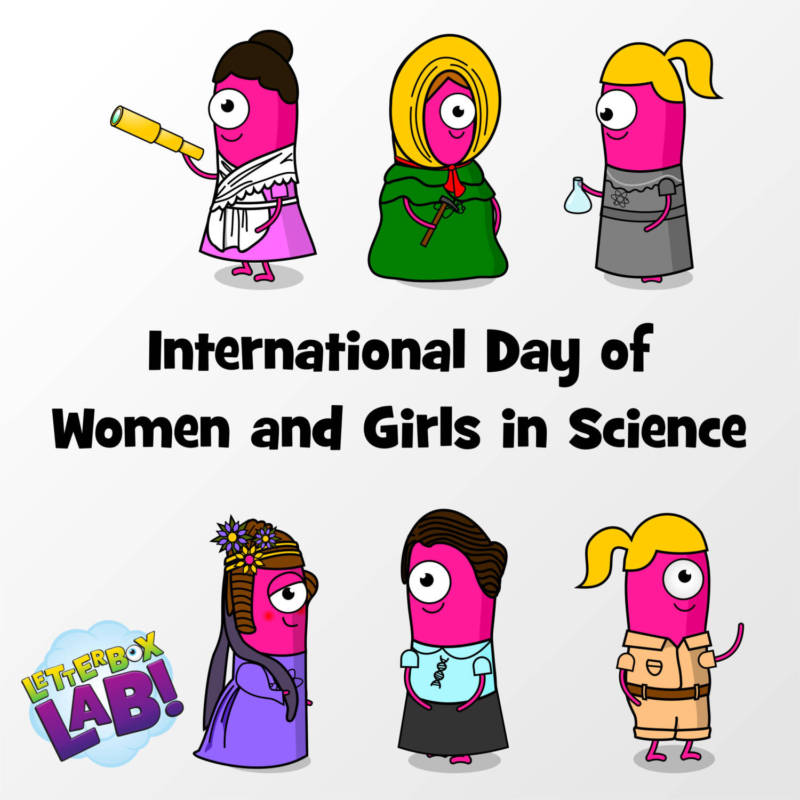
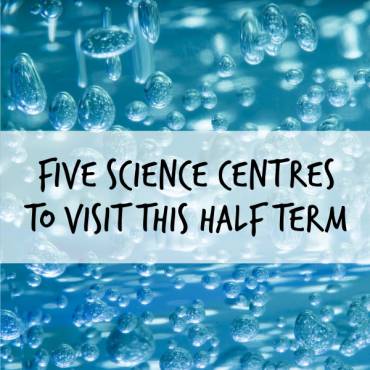
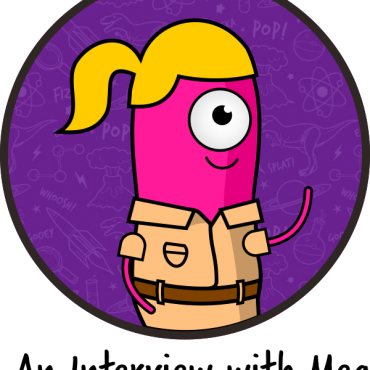
Add Comment